Posted by Selena Travel / 07 26, 2024
If you visit Mongolia, you’ll most likely pass through the capital, Ulaanbaatar. This city of around 1.5 million was founded in 1639 CE. Since then, the city has hosted many historic events – from the declaration of independence to historic tsam dance celebrations. Here is a list of 8 historic facts about Ulaanbaatar.
1. Mobile monastery
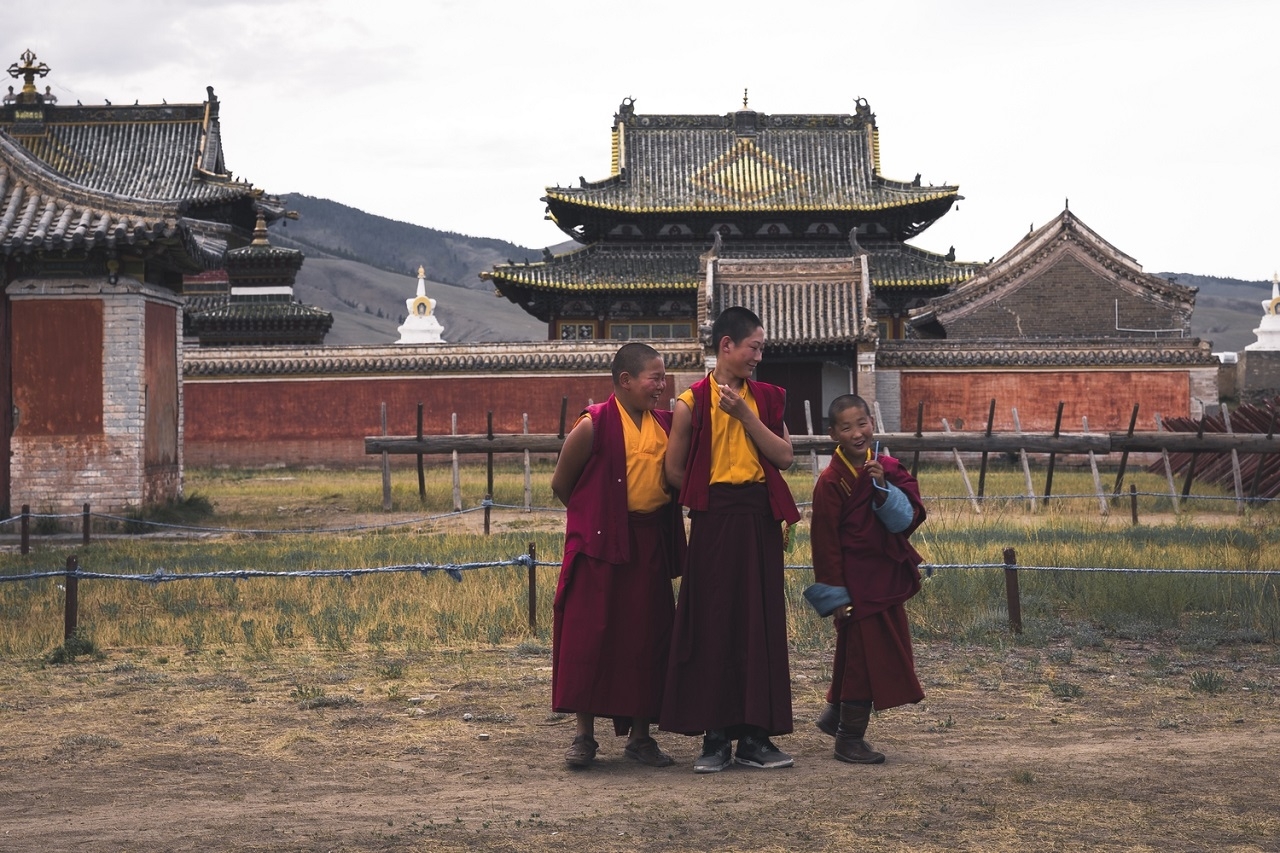
The city was first founded as a mobile monastery in 1639. An enormous palace yurt called an Urguu was built for it. The original site was closer to the ancient capital, Karakorum, about 230 km away from where it is today. The city moved around to meet the demands of the herders that supported the city; they needed a constant supply of fresh grass in order to maintain the population. As the population increased though, it was increasingly hard to move around and the city moved less frequently.
2. Chinggis Khan’s rival was buried there
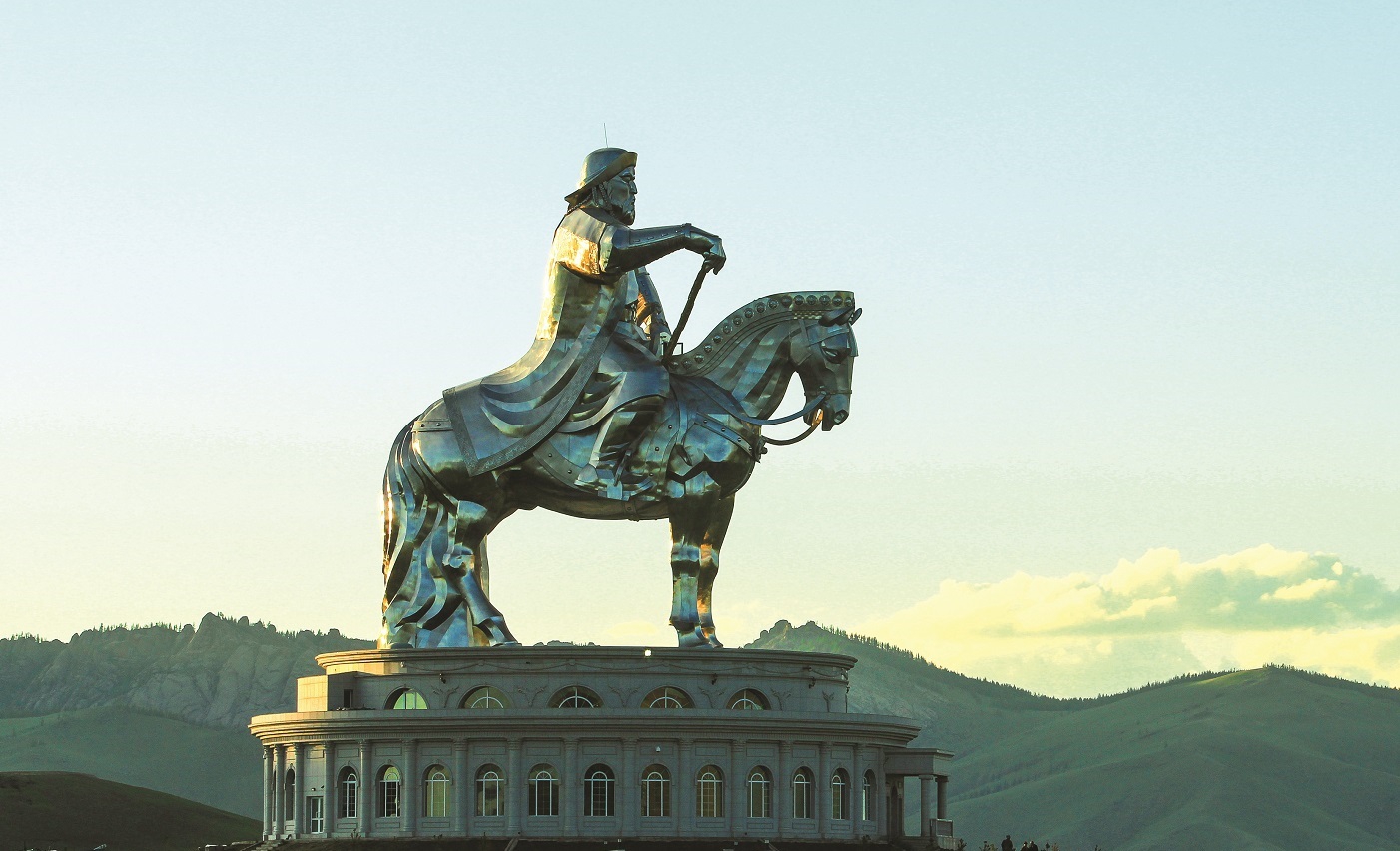
One of Chinggis Khan’s biggest accomplishments was uniting all the Mongol tribes into one political unit. In this he had a rival, Jamukha. In 1984, researchers excavated his body with many ornate decorations. He was Chinggis Khan’s childhood friend and helped to get Chinggis Khan’s first wife back. He was a political leader in his own right though, and eventually they came into conflict. Tragically, Chinggis Khan was forced to have his friend executed. Out of respect, Chinggis Khan buried him in Ikh Khuree.
3. Chinggis Khan actually lived there
The remains of a palace were found in 1949 and excavated in 2006. This was later discovered to be the Third Palace of Chinggis Khan, or Yesui Khatun’s palace. Yesui was one of Chinggis Khan’s wives, and its thought that he built the palace for her. Other important events in his life happened here; Chinggis Khan was declared the son of Toghrul, and he planned his attack on the Tangut here. Those attacks would be some of the last in his life.
4. Leading commercial and religious authority
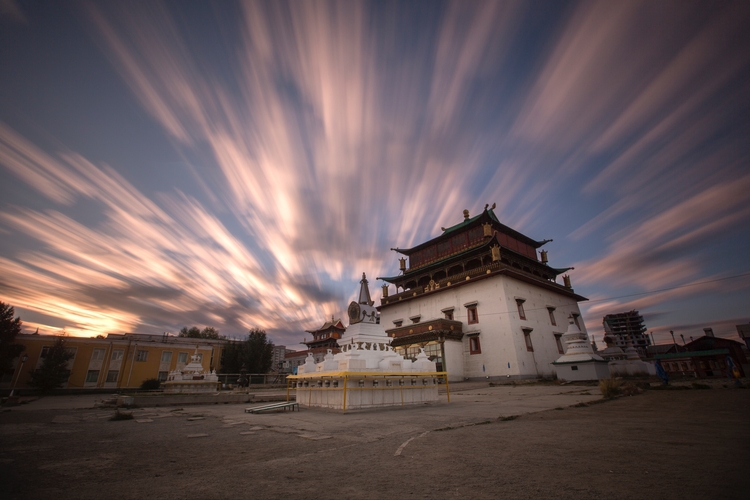
By 1723, the city of Ulaanbaatar was the where the leading religious authorities and commercial activities happened in Mongolia. The large temple complex at Gandan Monastery was where the highest authorities in Buddhism lived, studied and worshipped. A council of seven lamas made most of the city’s decisions about religion. Urga, as Ulaanbaatar was then known, served as a hub for trade in the region as well. Siberian furs, Chinese cloth and tea all stopped in Urga before heading out to other points.
5. Monastery dominated life
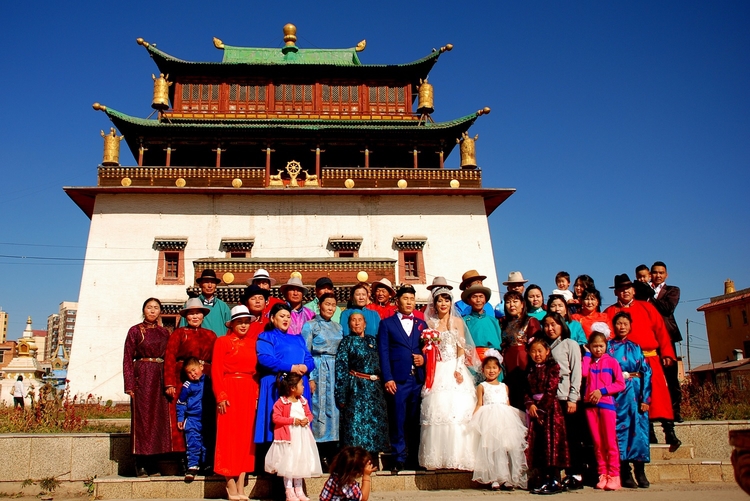
By 1778, just as America was getting her freedom, Urga had around 10,000 monks living in the city. They had to abide by various rules to maintain their monk status. In fact, in 1797, there was a decree that prohibited “singing, playing with archery, myagman, chess, usury and smoking.” While they still practiced executions, they had to take place outside of the city. Bogd Jebtsundama needed to remain holy, so the executions had to be far away from there. In fact, he had to move the residence to avoid the impure air of the markets and brothels to stay pure. There were also different sects of monks that lived in the city; the Red hat and the Yellow hat sect. The Red hat were allowed to keep wives and had more lax rules than the Yellow hat sects. In the areas where the Yellow hats worked, women were forbidden from visiting.
6. Different names over the ages
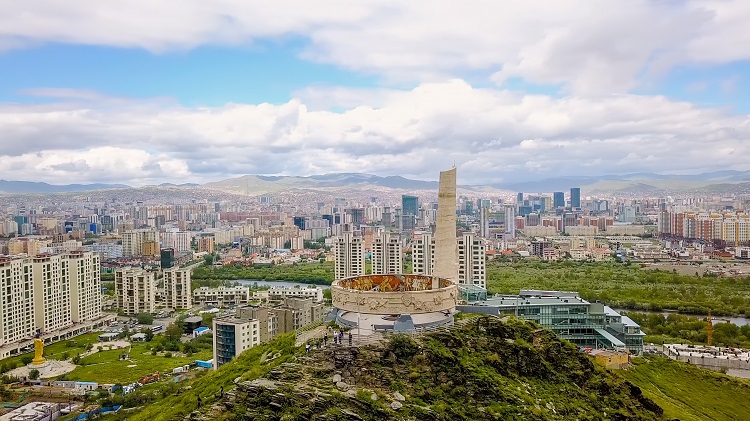
Over time, the city has had different names. It was originally called Urguu, after the huge palace ger that was originally the center of the city. After a while this changed to Urga by the 18th century. After that, it was called Ikh Khuree, or large monastery, referring to the Gandan Monastery. This was when the monastery was the location of the political and religious life of Mongolia. After the atheist Communists took over, they needed a name for the capital that was less steeped in religion. They chose the name Ulaanbaatar, or “Red Hero”, which has remained the name since, even after the shift to democracy.
7. Bogd Khan mountain as revolutionary hot spot
In 1911, during Naadam, leaders got together to figure out a plan to take advantage of the weakness of the Manchu Qing dynasty. They met during the annual games under the cover of the sacred forest on Bogd Khan. The forest had long been a protected site, and nobles were able to meet without arousing a lot of suspicion to plan their exit from China.
8. Sukhbaatar Square home to hunger strikes
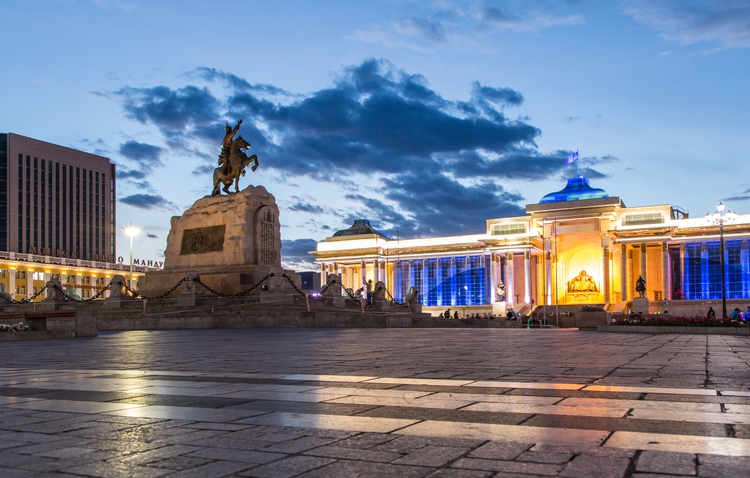
During the cold December 1989, student protesters wanted the Mongolian government to take part in the larger Communist efforts at perestroika and glasnost. These reforms would have allowed for more openness and transparency in the Communist government. The protests continued through January as protestors braved arctic conditions to protest. By March, dissidents had assembled in Sukhbaatar Square and started a hunger strike. They got thousands of supporters, and while the protests were mostly peaceful. After a person was killed, the Mongolian People’s Revolutionary Party resigned and democracy was quickly ushered in.
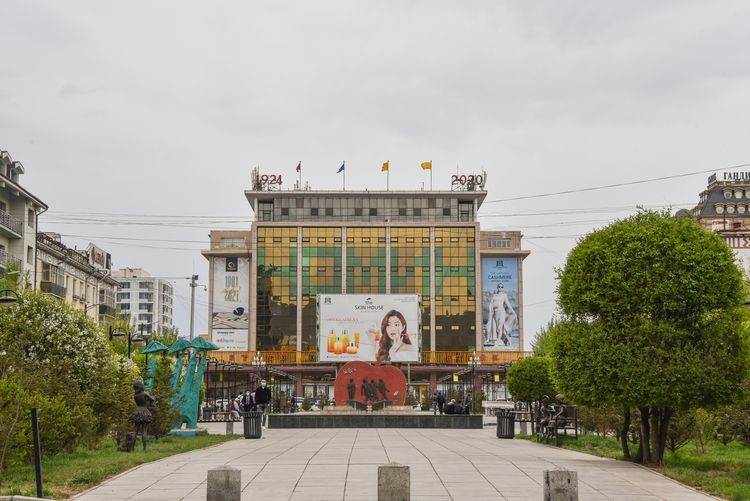
As you can see, there have been many interesting historical events in the city now called Ulaanbaatar. In fact, the city just had its quadricentennial, or four hundredth year anniversary. See these places and more when you visit Mongolia!